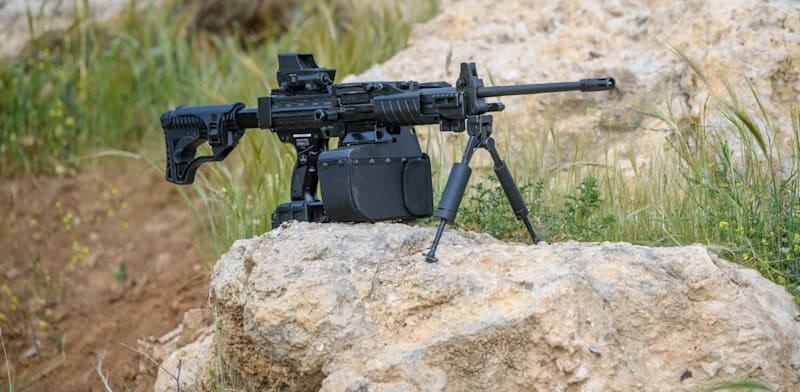ADA Ramps Up Engineering Team to Speed Up Tejas Mk2 Development and Delivery

The Aeronautical Development Agency (ADA) is intensifying efforts to bring the Tejas Mk2, also known as the Medium Weight Fighter (MWF), to fruition by recruiting 200 additional engineers. This strategic push signals the project's transition into essential stages of testing, validation, and operational clearance for what is expected to be a game-changer in India’s indigenous defense capabilities.
The Tejas Mk2, a next-generation variant of the existing Tejas Mk1A, is being developed to fill the gap between the current light combat aircraft (LCA) and the Advanced Medium Combat Aircraft (AMCA), India’s ambitious future fighter jet project. The Mk2 brings a range of enhanced features, the most significant of which is the more powerful General Electric F414-GE-IN56 engine, boosting the aircraft’s thrust by nearly 30% over the Mk1’s GE F404 engine. This power boost enables the Tejas Mk2 to carry additional weaponry, reach higher speeds, and perform a broader range of missions — including air dominance, ground strikes, and even anti-ship warfare.
The aircraft’s design reflects significant upgrades in its payload capacity, avionics, and overall mission versatility. The Mk2’s radar system will feature an Active Electronically Scanned Array (AESA) radar, dramatically improving target detection, tracking, and engagement capabilities. Additionally, the Mk2 will have digital fly-by-wire flight controls and an advanced electronic warfare suite, both of which are vital for achieving air superiority in contested airspaces. ADA’s new engineers will focus on these systems, handling their integration, troubleshooting, and operational testing to ensure peak performance under combat conditions.
In addition to handling the advanced avionics and electronic systems, the expanded team of 200 engineers will address several critical aspects of aircraft design and testing. The recruits will be skilled in areas like aerodynamics, structural engineering, systems integration, and avionics, ensuring each aspect of the Tejas Mk2 meets stringent performance and safety requirements. These engineers will work closely with Hindustan Aeronautics Limited (HAL), ADA’s manufacturing partner, to streamline production protocols and create a clear pathway from development to frontline service.
ADA and HAL’s collaborative approach is vital, given the ambitious timeline set for the Tejas Mk2. The aircraft’s first flight is scheduled for 2026, with Initial Operational Clearance (IOC) to follow soon after. Final Operational Clearance (FOC), a milestone that signifies the aircraft’s full combat-readiness, will come after comprehensive testing of its systems, including the integration of various indigenous and foreign weaponry. The inclusion of long-range missiles, precision-guided munitions, and anti-radiation weaponry reflects the Mk2’s multipurpose mission capability and its anticipated role in future conflicts.
As India’s defense sector increasingly shifts towards indigenously developed technology, the Tejas Mk2 represents a significant step forward. The project not only reflects technological self-reliance but also serves as a blueprint for subsequent aircraft development, from the AMCA to potential unmanned combat systems. By fortifying the ADA with additional engineers, India is fast-tracking one of its most crucial defense projects, aiming to close the capability gap in its Air Force and bolster its aerial defense strategies.
The ongoing recruitment campaign underlines the nation’s commitment to developing an advanced fighter jet, tailored for regional security demands and capable of competing with international fourth- and fifth-generation fighters. With continued progress, the Tejas Mk2 stands as a testament to India's growing aerospace capabilities and dedication to building a strong, self-reliant defense infrastructure.


